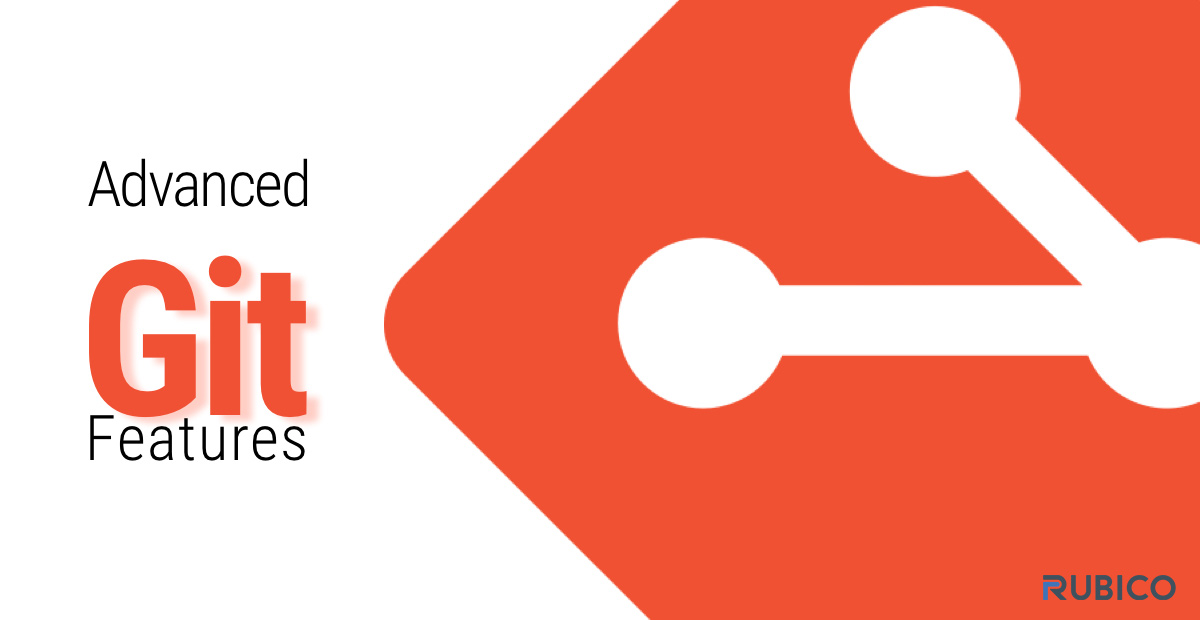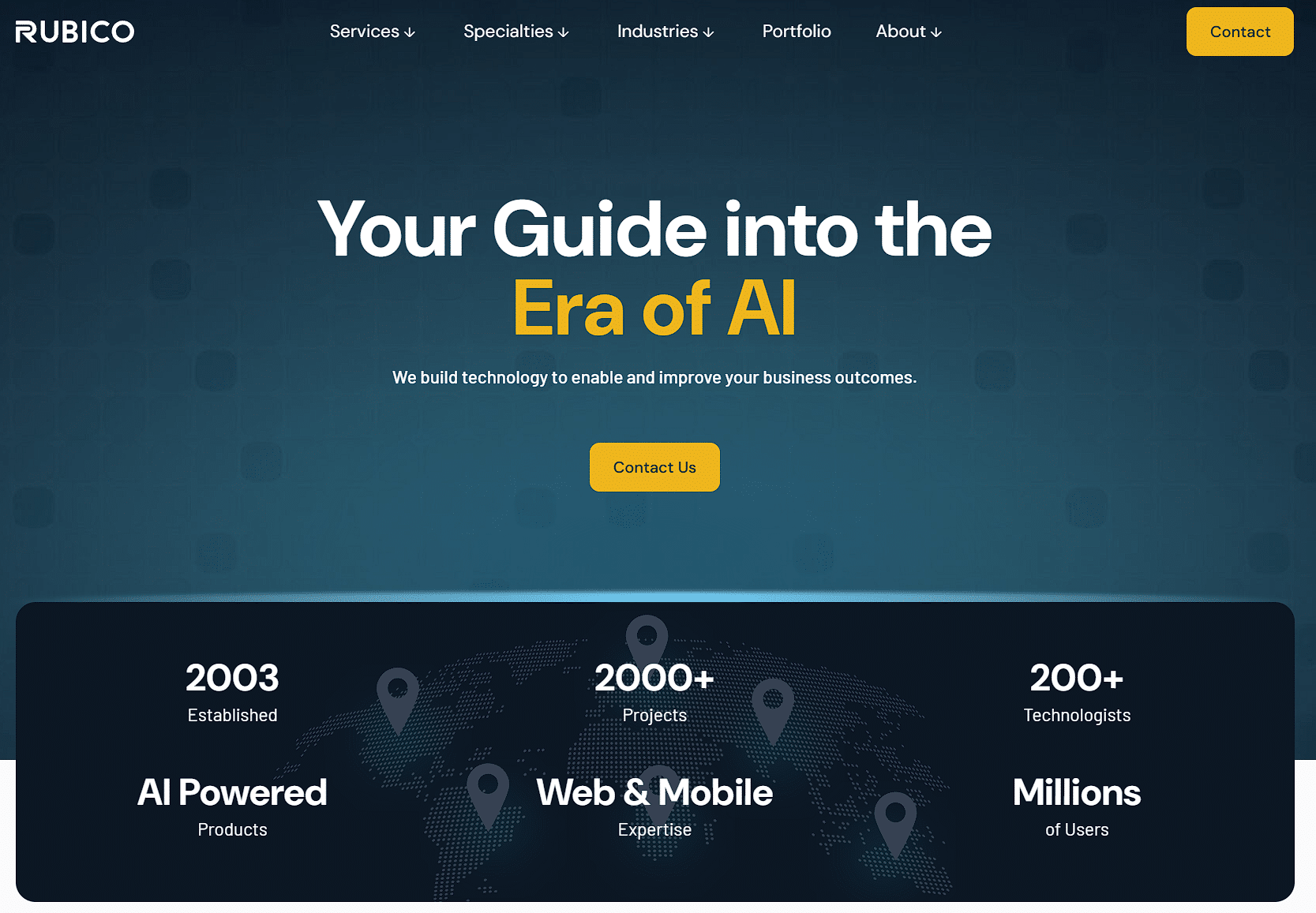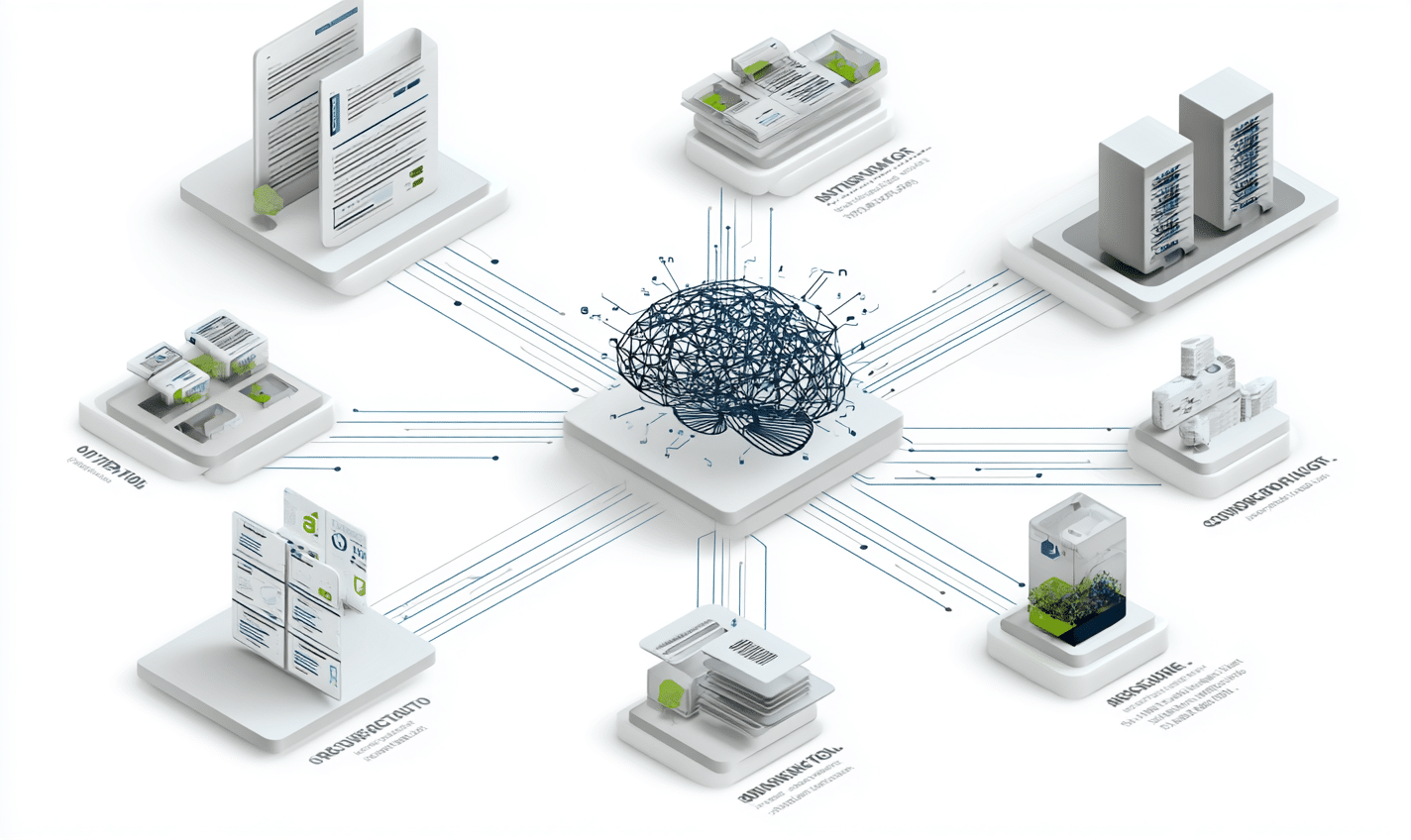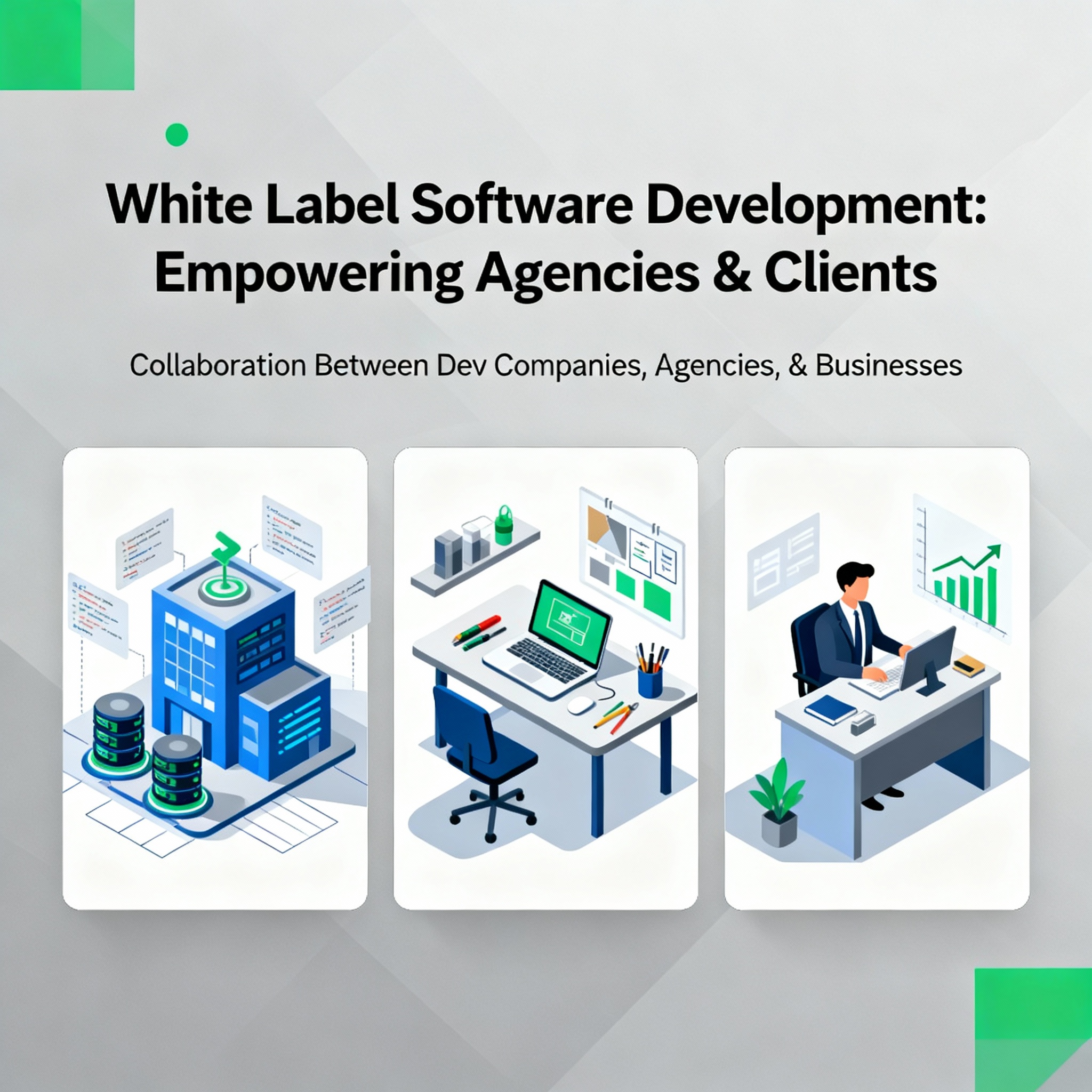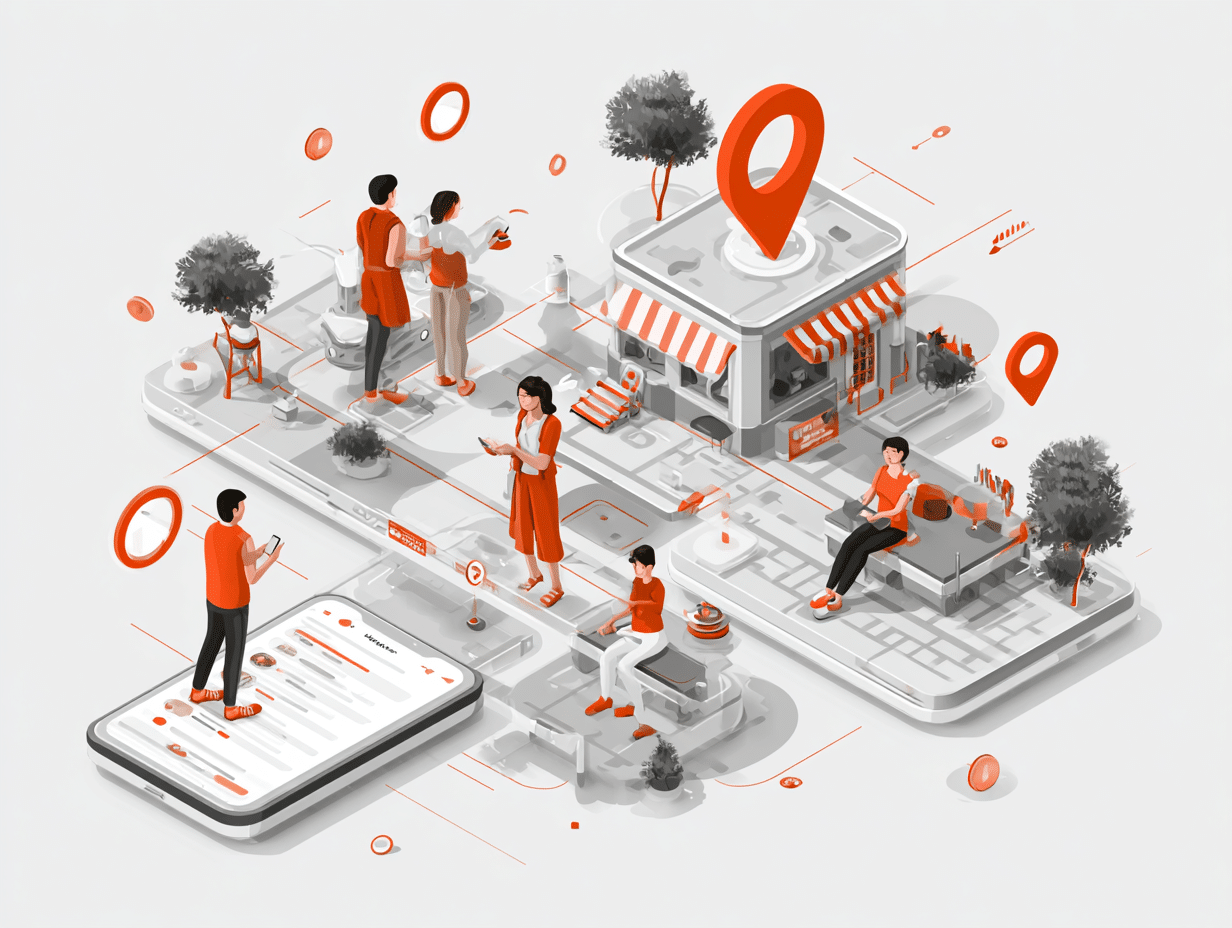
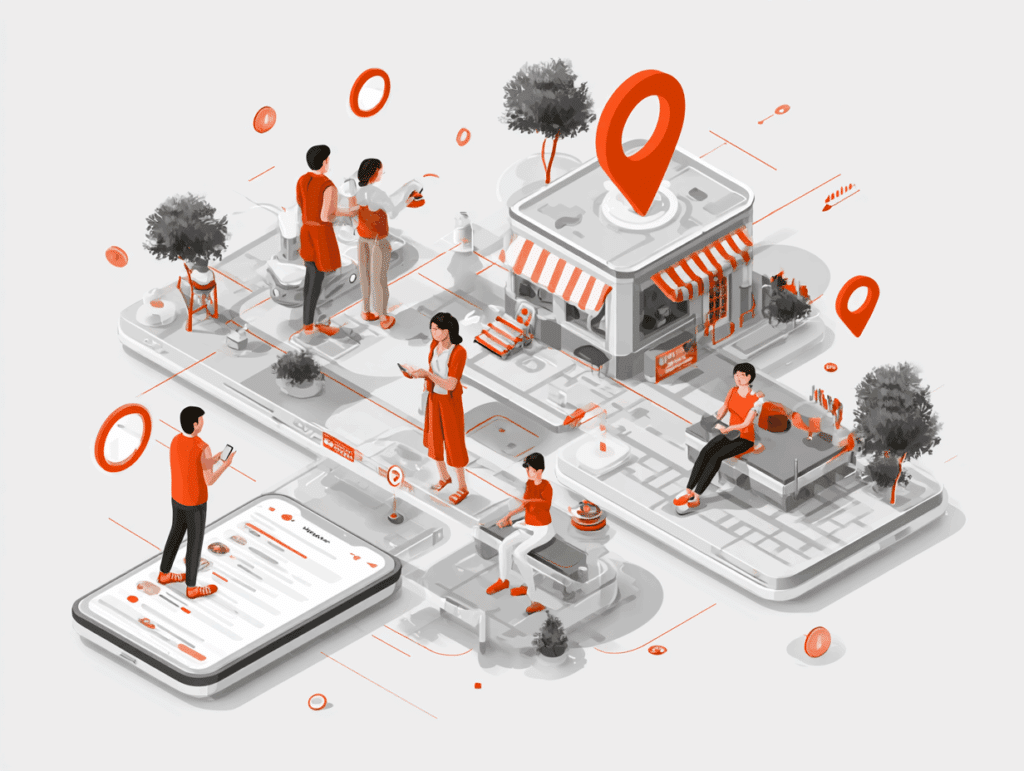
How to Use AI to Segment Customers & Optimize Targeting
Traditional Segmentation Isn’t Enough
Segmentation helps marketers understand who they’re reaching — but traditional segmentation often stops at surface-level traits like age, location, or traffic source. Those categories reveal who customers are, but not how they behave. Two visitors from the same city and age group might have completely different paths through your site: one compares prices and leaves, while the other buys immediately after viewing a specific category. Traditional tools capture the “who,” but not the “why” behind those actions.
Google Analytics 4 takes segmentation a step further. Because GA4 tracks every key event — from first visit to final checkout — it lets marketers create behavioral segments based on real engagement: pages viewed, number of sessions, or funnel stage. You can see which traffic sources lead to higher-value actions, which products attract return visitors, or which user journeys have the highest drop-off rates.
Even with all this data, it can be difficult to spot deeper trends manually. This is where pairing GA4 data with AI through Model Context Protocol (MCP) becomes powerful.
How AI Changes the Game
AI can supercharge your segmentation, making it more detailed and dynamic. Instead of exporting rows of reports, you can ask an AI model to analyze aggregated patterns directly. For example, this might reveal that visitors from LinkedIn tend to convert at twice the rate of those from email, or that weekend mobile traffic drives the highest average order value. These are things that could be identified through old-fashioned manual analysis, but AI can supercharge that process.
AI analytics can also be more constant than any employee. With GA4 as your data foundation and MCP as the bridge to AI, marketers can move from static reporting to dynamic insight — finding the trends that matter most, faster. Instead of relying on fixed lists, AI models can consistently monitor for behavioral patterns.
Suddenly, you’re not just marketing to “everyone who likes shoes,” you’re targeting ads to “shoppers who browse a New Balance sneakers at night from Apple devices on the West Coast,” because your AI-powered analytics revealed a trend (like, say, a sudden fashion fad among high school girls in private schools in California). What would require tedious (and constant) manual analysis can be made much simpler with the use of cookies, AI, and the right workflows.
These forms of segmentation and targeting can make campaigns sharper and customer experiences smoother. Your ROAS will increase as you target ads to individuals whose activity matches those of your highest value buyers. Segmentation powered by AI enables a degree of precision which previously could only be accomplished by large and experienced marketing teams.
Where MCP Fits In
Pairing Google Analytics 4 (GA4) and Google Ads with AI is one easily accessible path to real value. As any marketer knows, GA4 can help to identify traits shared by those who often complete checkout of a product. Maybe they overwhelmingly come from social media. Maybe iPhone users are 50% more likely to complete purchases of that product. Or maybe your conversion-value-to-cost ratio is 30% higher than average for states in the Northeast.
These sorts of insights are actionable intelligence. However, it takes a significant degree of analysis to spot these trends and patterns manually. This is where AI comes in. Imagine being able to ask an LLM to review purchase patterns for a specific product, and provide data on the devices, locations, and timing of purchases with a minimum 10x ROAS.
Through GA4’s Model Context Protocol (MCP) servers, which connect GA4 data directly to AI models, this integration becomes seamless and scalable. (Learn more about GA4 MCP setup and how it works here).
You can use plain language questions to ask ChatGPT (or whichever other LLM you connect) to identify these sorts of patterns for you. From there, you can utilize Google Ads targeting to reach those high-value segments automatically — without having to build complex SQL queries or manually slice data in GA4’s reports.
Here’s an Example:
For instance, once AI identifies that evening mobile users in the Northeast generate 30% higher returns, you can sync that audience to Google Ads and let smart bidding to optimize delivery for that specific group. While a team of marketing and data analytics would be able to accomplish this sort of optimization, the use of AI and a GA4 MCP server makes things much faster and more achievable by a far smaller team. The result is faster optimization cycles, sharper audience targeting, and campaigns that continuously improve as more data flows through the system.
From here, it’s only a small step toward full automation, where your touchpoints, messaging, and bids adjust continually based on what the data (and your AI) have learned about real customers.
The Benefits at a Glance
When GA4 data flows into AI models, businesses gain:
- Dynamic micro-segments — Groups that evolve as customers change
- Personalized targeting — Campaigns that feel relevant, not random
- Scalable infrastructure — Easy to add new tools or models as you grow
From Experiment to Enterprise
Many organizations start small with AI, only using it to help guide the actions they’re already taking. But the ones that succeed don’t stop at superpowering the work they’re already doing. The next level of AI use in marketing segmentation is to empower it to do what you don’t yet have the time, resources, or manpower to accomplish. That’s where the real transformation happens.
A retailer might begin with one workflow that helps to identify factors that correlate to abandoned carts. Over time, the same infrastructure can expand to handle loyalty programs, upsell campaigns, and lifetime value predictions. A SaaS company might start by predicting churn, then extend into customer health scoring and renewal forecasting. Each step builds on the last, turning one-off wins into lasting advantage.
Partner with Experts: How Rubico Can Help
Promising AI experiments are everywhere, but the real challenge is turning them into systems that actually move your metrics. At Rubico, we help organizations connect data, AI models, and workflows in ways that are practical, scalable, and future-proof. Whether it’s GA4, Model Context Protocol, or custom AI systems, our focus is on measurable value and growth.
Ready to turn AI experiments into systematic advantage? Visit our AI Solutions page and get in touch to discuss your business’ AI implementation plans.
